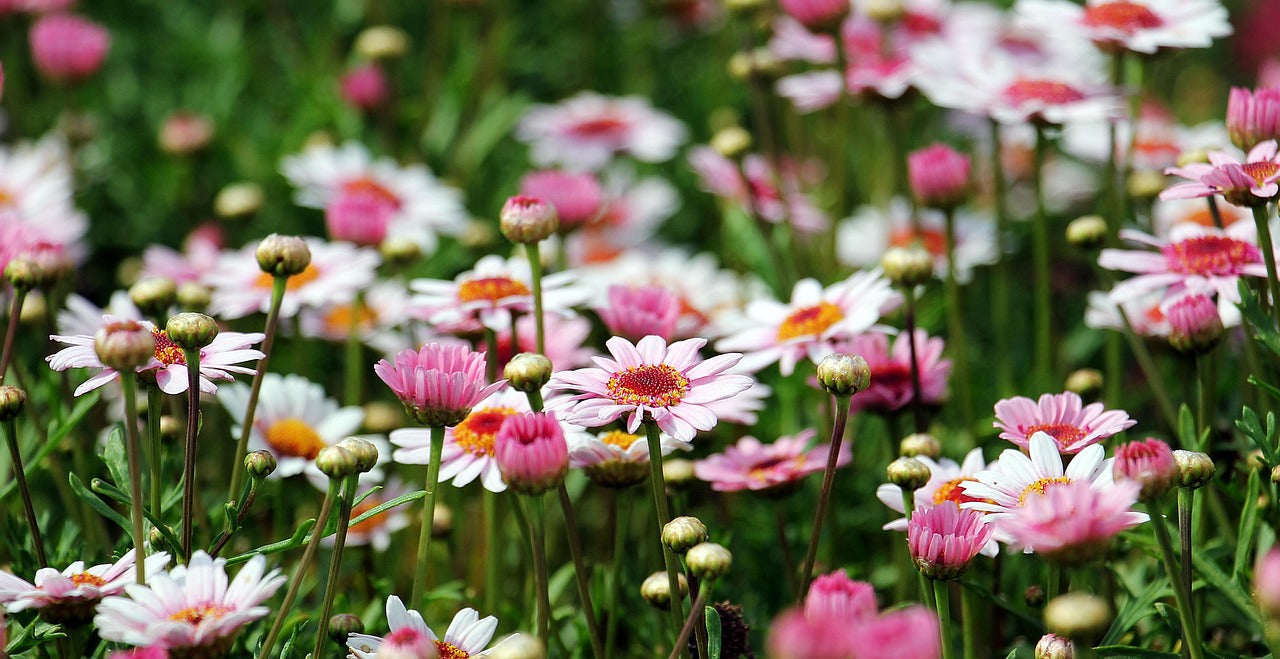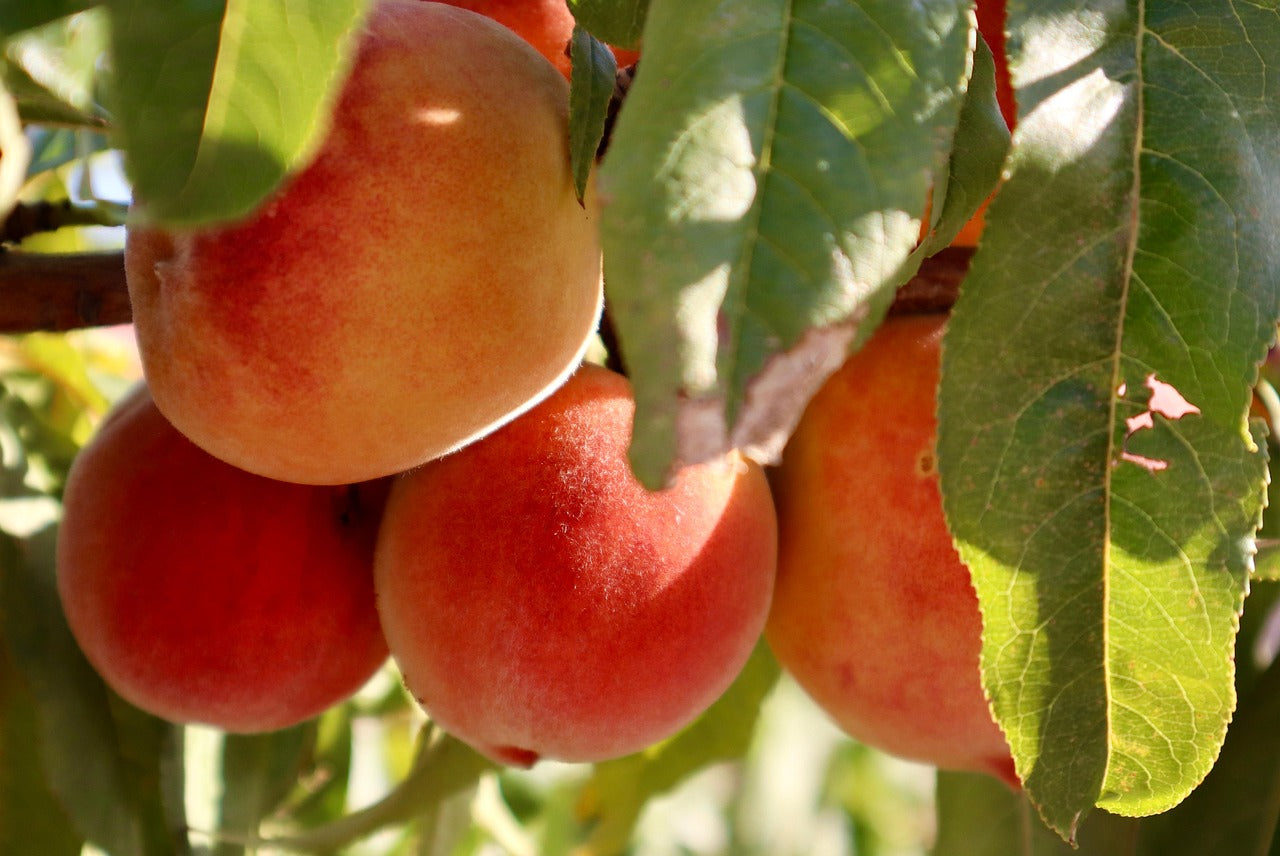Calendula is super easy to grow and often times will seed and spread around the garden. Calendula possesses great herbal healing properties, plus its leaves and petals make a great garnish on leafy salads!

Planting
Prepare your soil by adding organic matter such as Tui Sheep Pellets and Palmers Garden X Compost. Dig in well. Plant calendula seeds or seedlings 20-25cm apart in your garden. If you are sowing seeds, ensure that they are planted at a depth of 12mm so that they germinate well. If planting seedlings, plant in the morning or late in the day when the sun is not as intense. Firm gently around the plant base and water in.

Calendula Care
Ensure that the soil is kept moderately moist. To help conserve water and stop the calendula drying out as quickly, add mulch around the base of the plant, such as Tui Mulching Bark.
Fertilise with seaweed such as Tui Organic Seaweed Plant Tonic to boost growth and strengthen the plant. Remove dead flowers to promote new blooms and prevent the plant from seeding. Fertilising your calendula regularly will also give it better resilience against diseases and pests.
Pests & Diseases
We aren’t the only ones who think calendula flowers taste good, unfortunately slugs and snails do too. Keep these pests away using Yates Blitzem or something similar around the base of the plants or garden bed border.
Another common pest is mites, which can be identified by the discolouration of leaves and distortion of calendula flowers. Apply an insecticide such as Yates Nature’s Way Vegie Insect Spray to remove these pests from the plant.
Powdery mildew can also be an issue for calendula plants. This fungus commonly grows on the leaves and stems of plants and can result in the loss of leaves and plant vegetation, often appearing during the later summer months. Spray Neem Oil onto the calendula to help to get rid of this disease.

Companion plants
Calendula thrives when planted alongside violas, pansies, and polyanthus plants. Add these to your garden for healthier blooms.





